An underactive thyroid gland, which is most typically seen in middle-aged dogs, slows down the body’s metabolism to an unhealthy level. The thyroid gland is located in the neck area and has two lobes which are on either side of the trachea (windpipe). This gland is responsible for producing thyroid hormones that regulate the body’s metabolic rate and is controlled by the pituitary gland which is located at the brain base. If it’s underactive, metabolism slows down and hypothyroidism can occur. Hypothyroidism usually affects mid to large-sized breeds and some breeds appear to be predisposed to developing this condition, including golden and Labrador retrievers, cocker spaniels, and Irish setters.
Clinical signs of canine hypothyroidism that you may see at home include a dry, dull hair coat, weight gain, symmetric hair loss, lethargy, hyperpigmentation (a darkening and thickening of the skin), and intolerance of exercise and cold temperatures. Hypothyroidism is easily treatable with a relatively inexpensive oral medication and although not life threatening, will negatively affect your dog’s quality of life if left untreated.
If your canine best friend is experiencing one or more of the symptoms above, our veterinarian will perform a nose-to-tail physical exam and a blood sample will be drawn for analysis of organ chemistries and thyroid hormone levels. If the T4 and Free T4 levels are within normal range, hypothyroidism is unlikely. Dogs with low levels of Total T4 and Free T4 and high or normal TSH (thyroid stimulating hormone) levels are typically diagnosed with hypothyroidism and treated accordingly.
Once hypothyroidism is diagnosed, the standard treatment includes once or twice daily administration of the oral synthetic thyroid hormone levothyroxine. After four weeks of medication administration, another blood sample will be collected – four to six hours post-pill – to reassess thyroid levels. Depending on the results, a dose modification may be necessary. Once a normal thyroid result is received, additional blood samples should be collected once or twice annually, depending on the dog’s age, to make sure thyroid blood levels remain within a normal range.
Fortunately, hypothyroidism treatment failure is rare. When successful, lethargy and heat-seeking behaviors should resolve after a few weeks and weight loss will begin to occur, although it may take several months for skin issues to improve.
Please call us today at 630-598-0600 if your dog is experiencing any of the clinical signs of hypothyroidism noted above.
